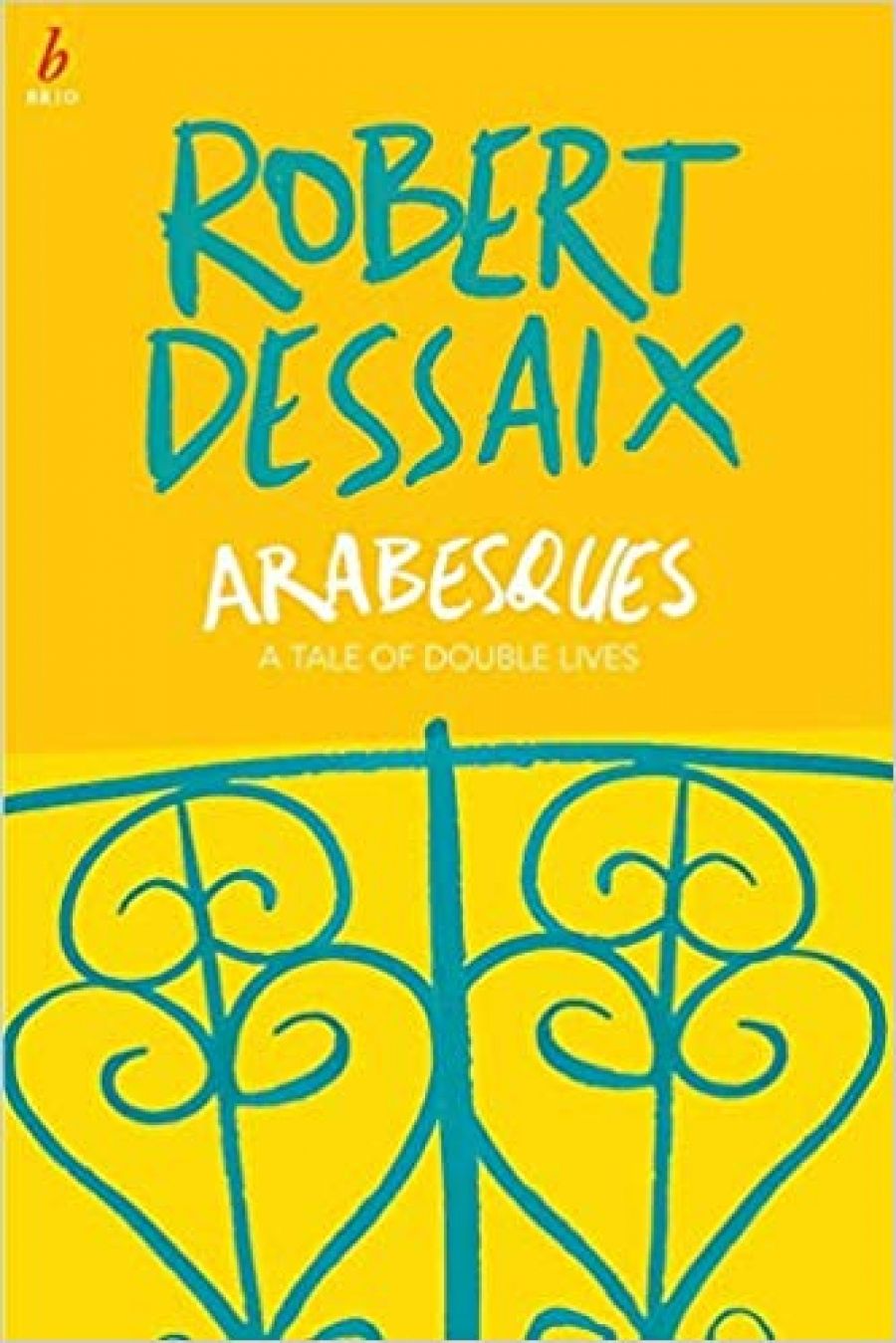
- Free Article: No
- Contents Category: Fiction
- Review Article: Yes
- Online Only: No
- Custom Highlight Text:
Who is, or rather who was, André Gide? I ask this because a distinguished editor warned me, on hearing that I was about to review Robert Dessaix’s enticing new book, that nowadays nobody would remember who Gide was. Ah, the years, the years! It was another story in the time of my youth ...
- Book 1 Title: Arabesques
- Book 1 Subtitle: A tale of double lives
- Book 1 Biblio: Picador, $49.99 hb, 310 pp hb, 9780330424059
By way of these arabesques, let’s proceed to Robert Dessaix’s new book which, like other works of his, cross-stitches autobiography with reactions to exotic places and past writers. This time it is the Mediterranean, Arab and French, including a slice of Normandy, where the French novelist – or novella-ist – had grown up. Further, as Dessaix confesses in one of these locations, ‘I was there to play hide-and-seek with Gide.’ Not only with the novelist, we find out, but also with his wife, Madeleine, whose marriage remained unconsummated for four decades of godly patience: although she was once cross enough to burn all his letters.
In this ‘tale of double lives’ we begin in the casbah of Algiers, where Gide had known his dangerous epiphany, when Oscar Wilde, the fat white ‘Irishman with bad teeth’ had asked him whether he’d like to have the little musician. As Dessaix writes of Wilde, ‘that vicious mouth of his, reeking of absinthe, had been promising to suck Andre’s soul out of him for several years’.
Dessaix is a writer of circular travels, rather than linear. One thinks of his fascinating to-and-fro with Turgenev in The Twilight of Love (2005), which resembles this, but in a northern European way, unseduced by the spicy, smoky Mediterranean.
Or of the northern Italian journeyings of Night Letters (1996). He is also deeply interested in the psyche’s dualisms:
One’s hidden double is by no means just a sexual being – it’s much more intricate than that – although almost everything we read nowadays or watch on television suggests with a smirk that that’s what it all boils down to. Gide, for instance, with his Protestant taste for duality in general, liked to play at being riven, but the dualities he had in mind were not chiefly sexual.
The book slides back to the mini-chateau of Gide’s Normandy and on to Uzes, in the tough protestant south, on the edge of the Cevennes. Oh yes, for all its rich colouration, this is a book about Protestant culture, which is also one of the central, layered Australian stories, still too little explored
If Arabesques is about Protestantism, it is also about seductions. The two seem to go – I almost wrote, hand in glove. For Dessaix, they are two sides of the one possible coin. And he, too, is or was deeply Protestant: as in my own childhood, he had grown up thinking that Catholicism ‘brought to mind men who bet on the horses and women called Carmel who smoked and wore too much lipstick’. At least he doesn’t call them ‘whining Micks’, as my father did.
A close friend remarked that Robert Dessaix’s voice is that of someone walking barefoot over sharp stones. Perhaps there is something of that in his sparse, keen-eyed, evocative prose elegance, and in the wary friendships that he records. We follow him travelling with younger, usually attractive male companions, along the French writer’s tracks, and back to those of Gide’s virgin wife; even to where their remains lie side by side, as though to atone for forty-three frigid years.
Occasionally, there are flash cadenzas, as when we read of ‘the cross-dressing Swiss oblivion-seeker Isabelle Eberhardt’; and there’s the recurrent sadness, pitched highest when he laments, ‘But I’d seen it all before. At a certain point in life, like Stendhal and Chateaubriand, one has.’ By which token, I’d greatly like the author to take Henri Beyle’s journeys next; but he’d almost certainly find Civitavecchia a bit on the dull side.
Good old Stendhal is one of the travellers he cites, as being indifferent to Naples, but fascinated by Pompeii: a site which feels now historically invisible, such is the perpetual throng of tourists. Oh yes, ‘now’: what a saddening adverb that can be, especially as age steadily dulls many of the epicurean and social pleasures. Still, there remains travel, especially to such places as France, Italy, the Maghreb. As Dessaix writes about travelling, ‘Whenever I feel that I’m on the point of disappearing … I tell myself a story. I tell others a story, and I travel.’
As befits the evocative text, this is a beautifully produced book. It is richly punctuated by reproduced watercolours, maps, photographs old and new, including a dozen or so by Dessaix himself. The reader, therefore, can also go sightseeing with him, and with curious old André Gide, who never slept with Madeleine, but fathered one child with another woman: even became a grandfather.
Those who are keeping a sharp eye open may have picked up a sentence tucked away on page 37: ‘I’d immediately been very curious to meet Yacoub.’ Crafty, eh? Dessaix is never less than a writer of cunningly shaped, seductive narratives.


Comments powered by CComment